Llanfairfechan tour showcases Herbert Luck North's Arts and Crafts houses
- Published
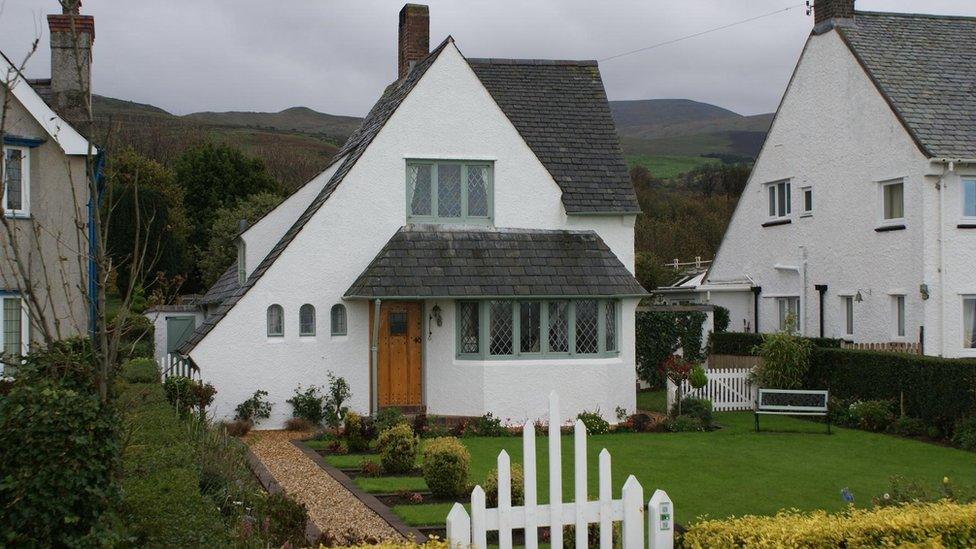
Distinctive buildings designed by the architect Herbert Luck North are part of a recently designed self-guided walk around Llanfairfechan, Conwy. Of the homes featured, this seaside property built in 1933 is the most popular.
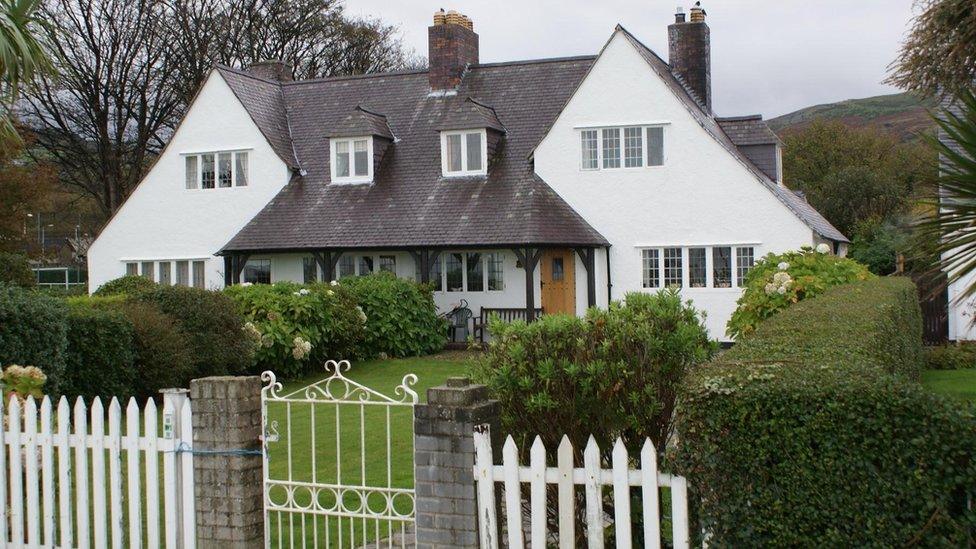
These Arts and Crafts-style seafront properties were originally used by the families of patients at a nearby asylum, but also housed BBC radio variety stars who were based in north Wales for part of World War Two.
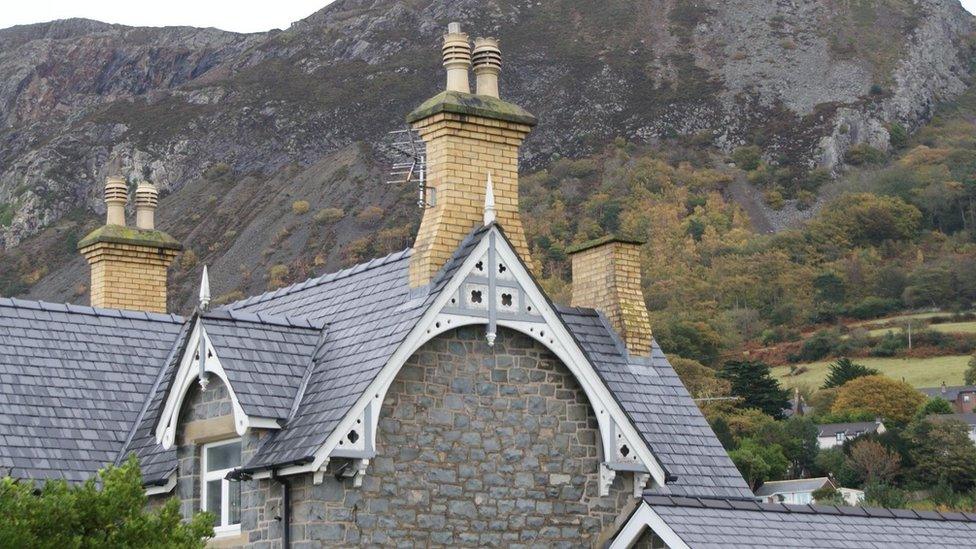
This seashore house was built in 1875 by Richard Luck who established the family connection which later brought Herbert Luck North to Llanfairfechan. Information about each property is accessed from a phone with a QR barcode reader - or from the HistoryPoints.org website which was established in Conwy in 2012 to share information about local history.
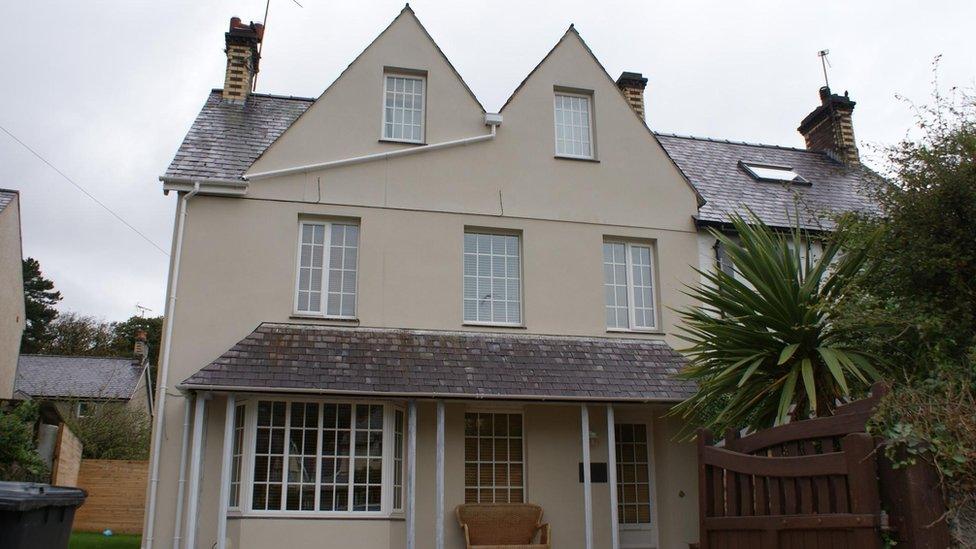
North also redesigned houses in Llanfairfechan giving this one a new facade while its neighbour retains a Victorian design.
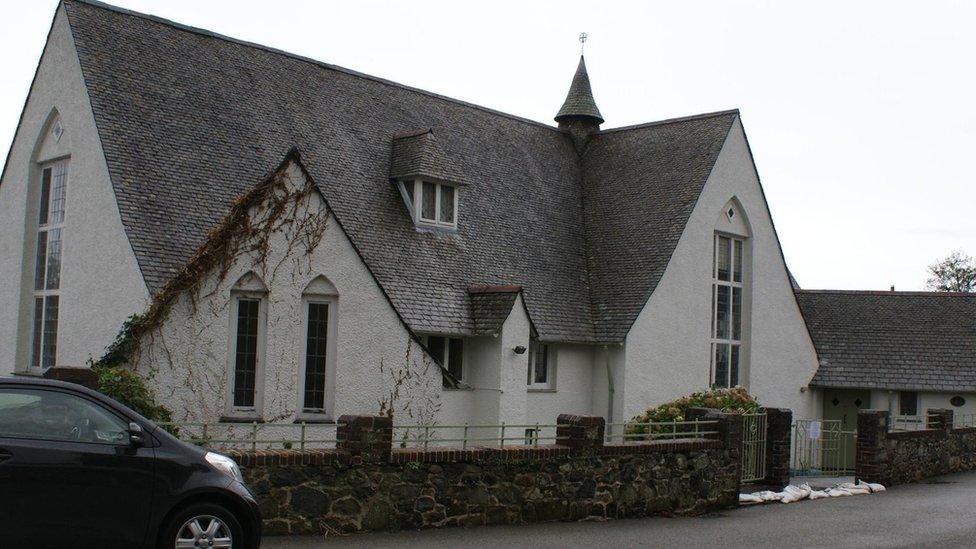
There are plans to set up a charitable trust to look after Herbert Luck North buildings in the town such as the Church Institute built in 1848.
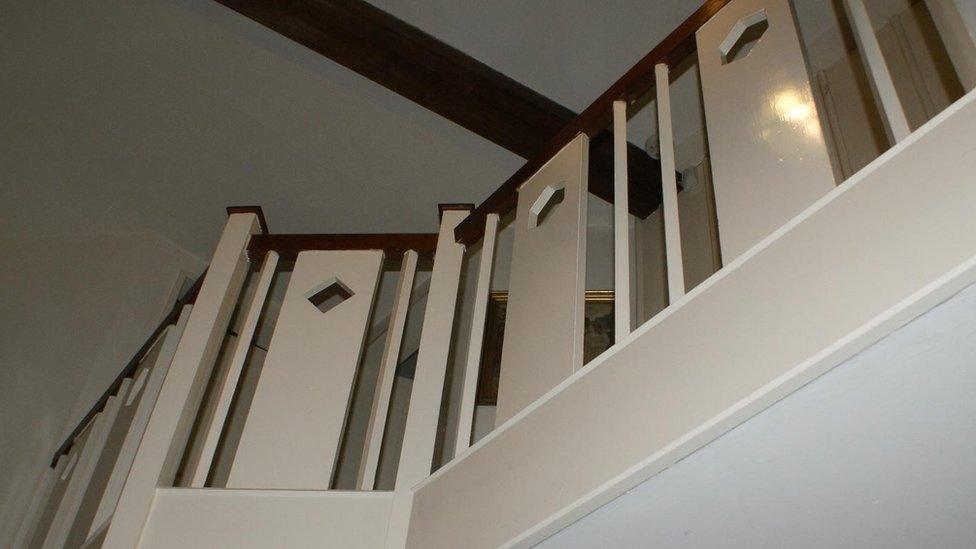
Herbert Luck North returned to Llanfairfechan with his wife and daughter in 1901 and his own house is designed as a 'butterfly' opening out from a central hallway to make the best use of daylight. The architect's granddaughter and family now live in the house which is open to the public twice a year for a fortnight.
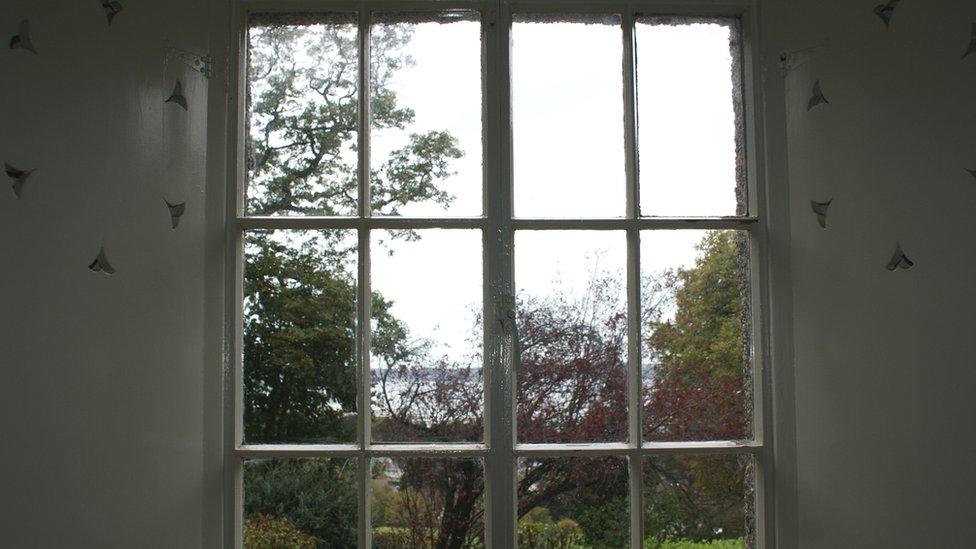
Inside the house three rooms along the front can be opened into one, or closed off for individual spaces. All have views down towards the sea with each window featuring a different cut-out design on its shutters.

Herbert Luck North designed and built the houses in The Close on land owned by his family. The steeply pitched roofs mean space is at a premium upstairs, but North believed bedrooms were for sleeping and no-one needed too many clothes, according to local county councillor and historian Andrew Hinchliffe.
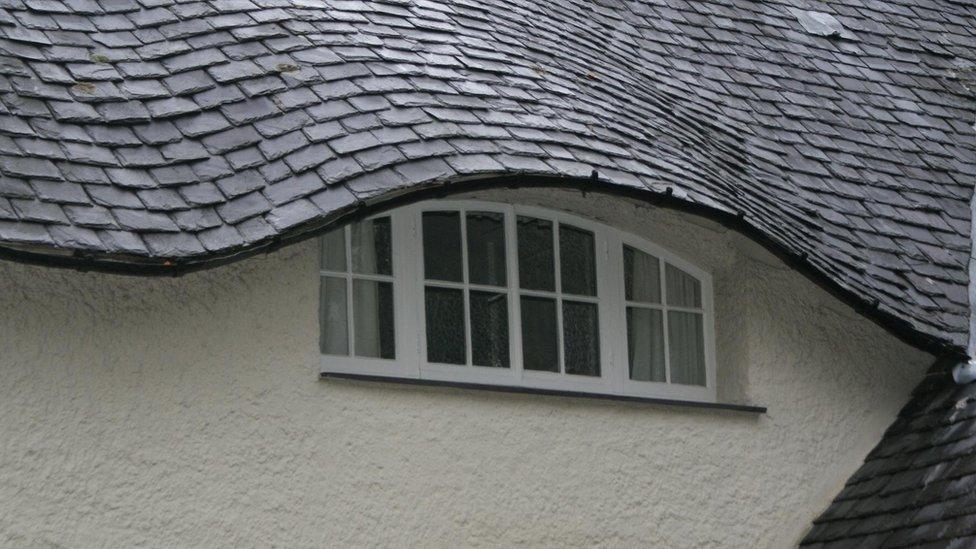
A distinctive "eyebrow" window in the first house in The Close, built in 1898.